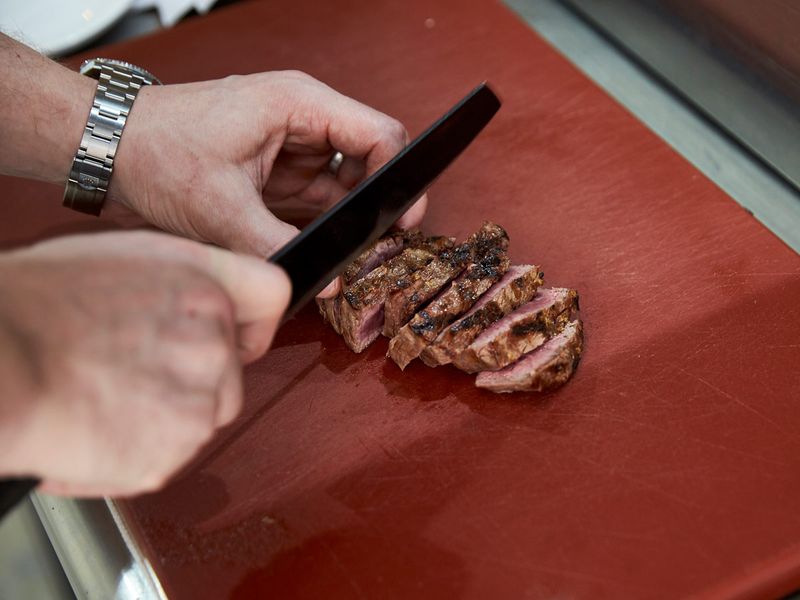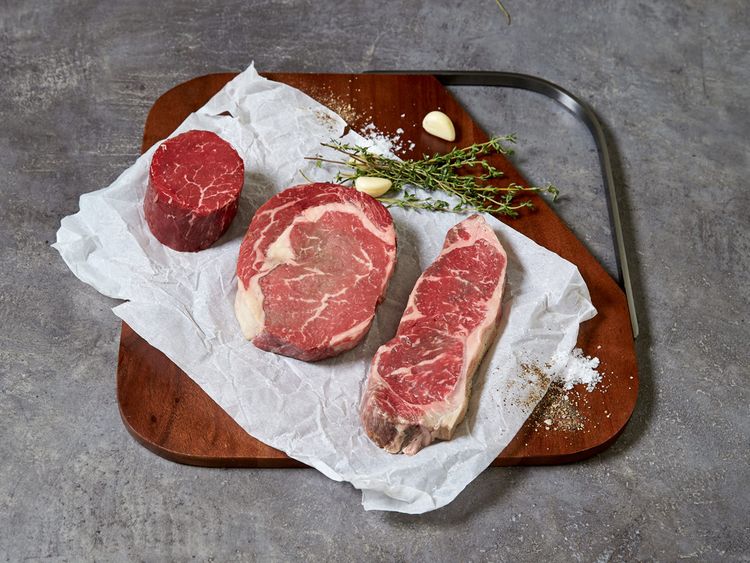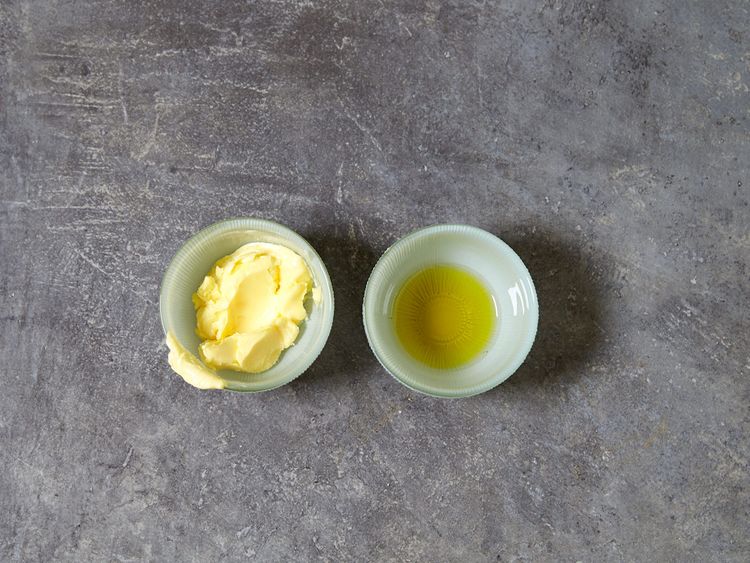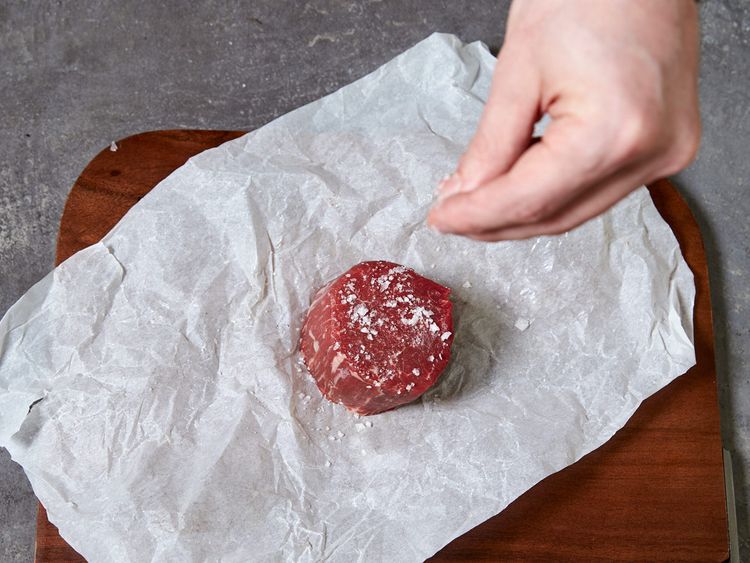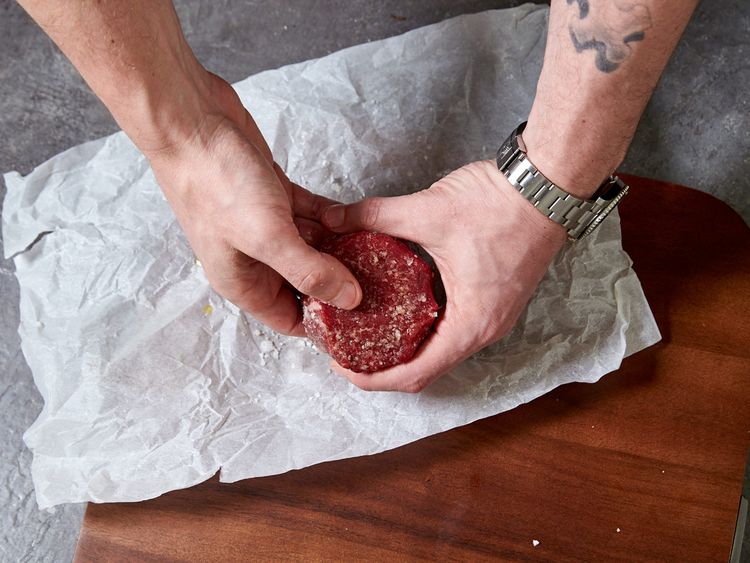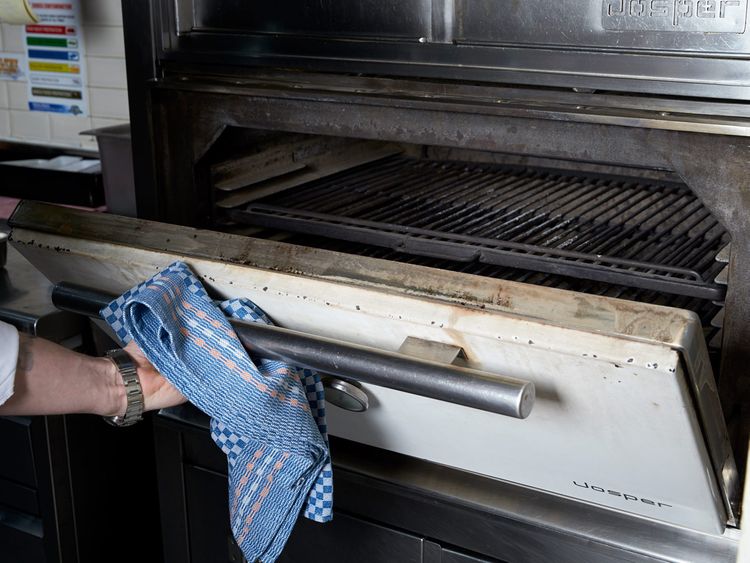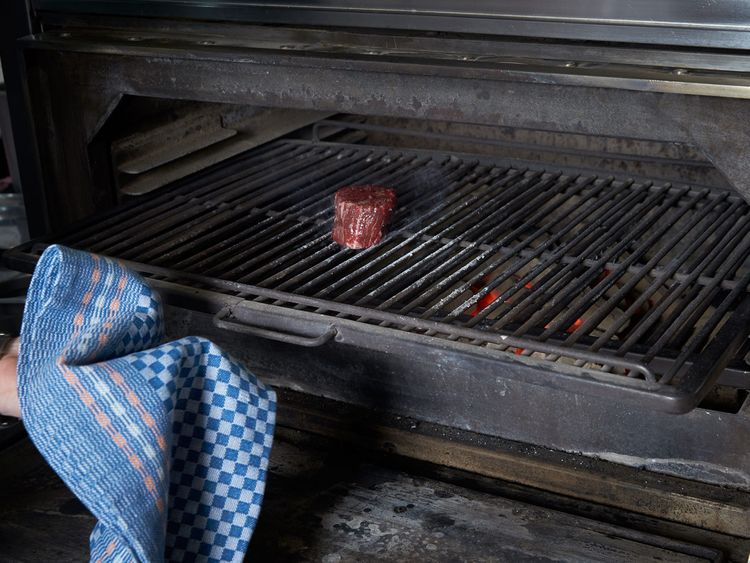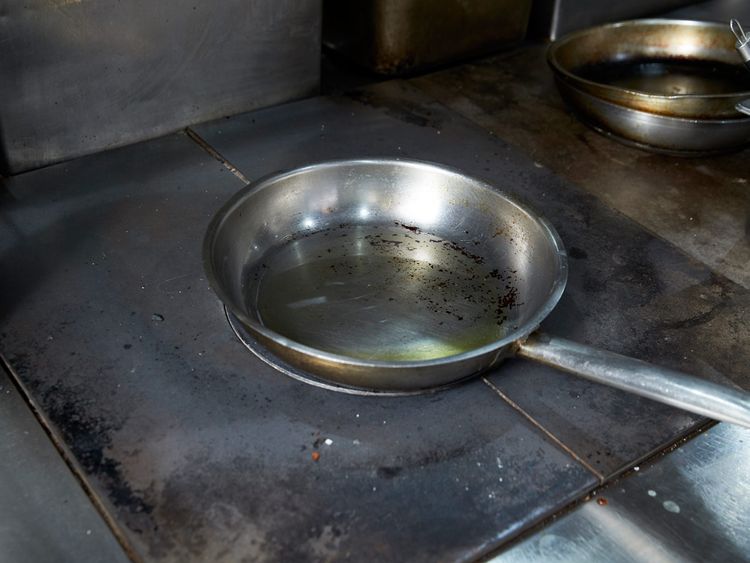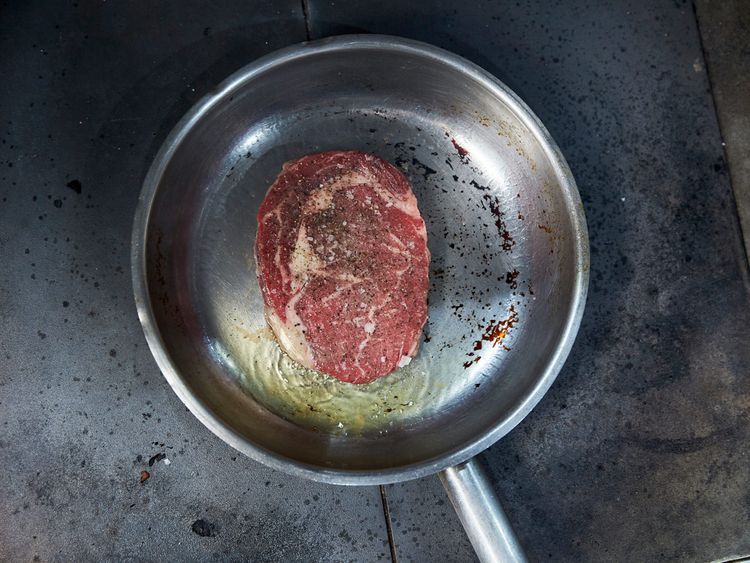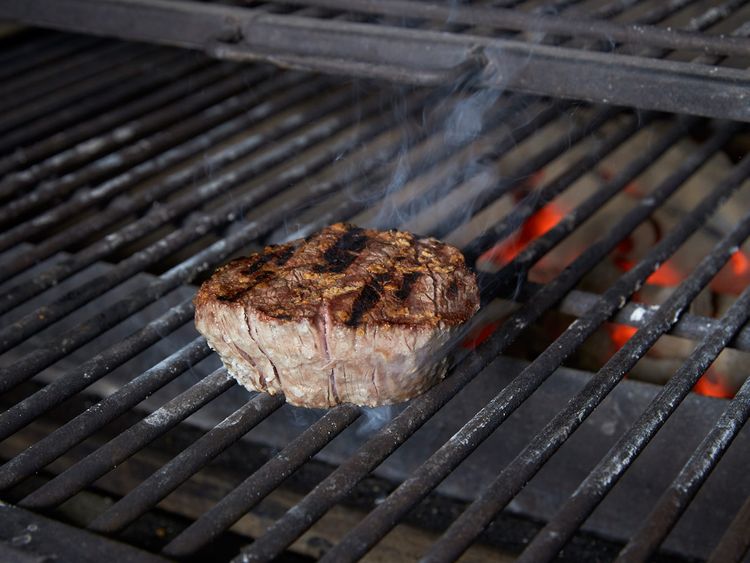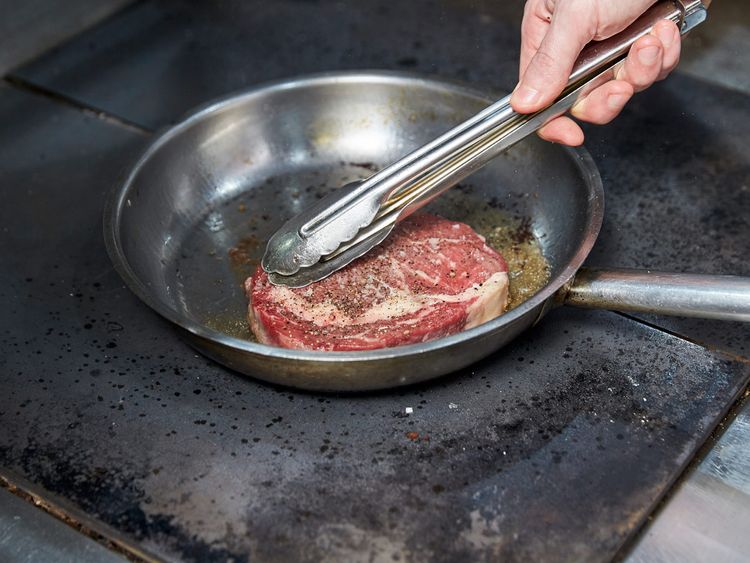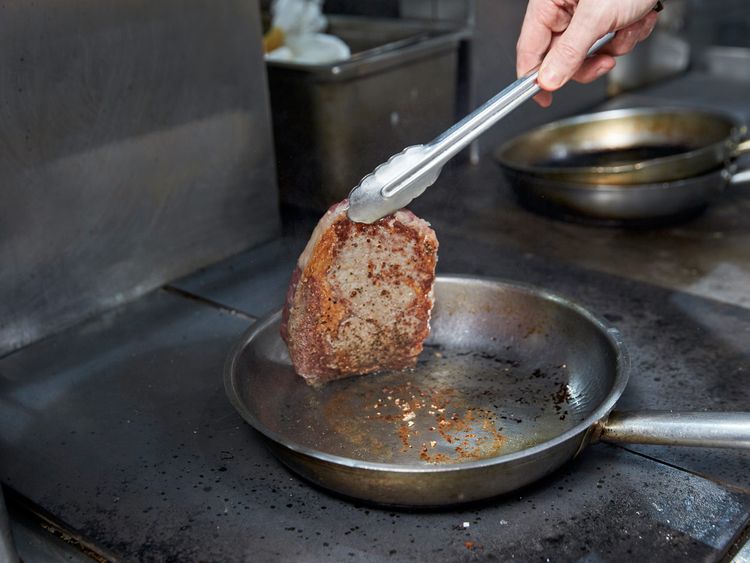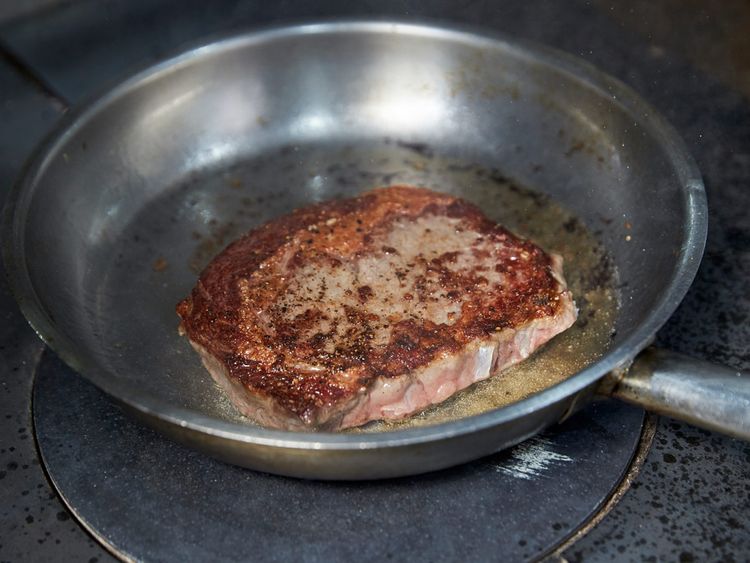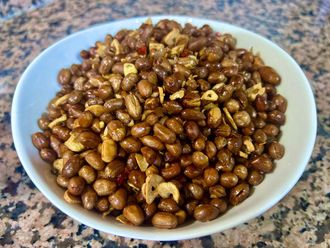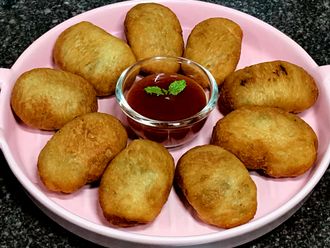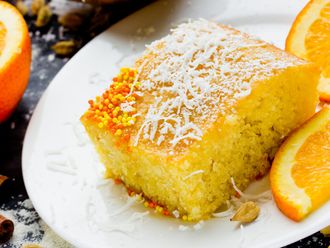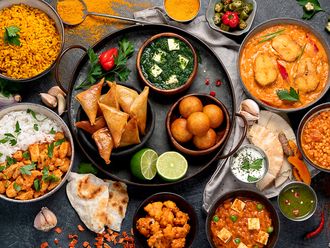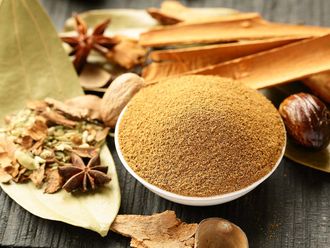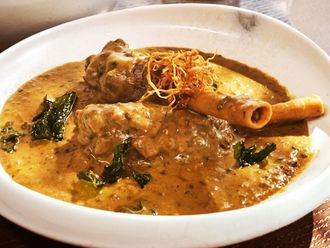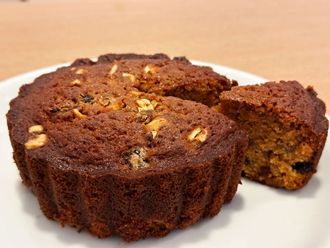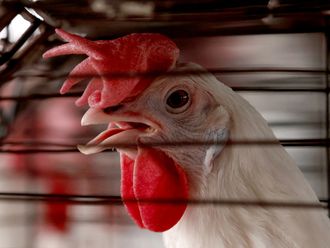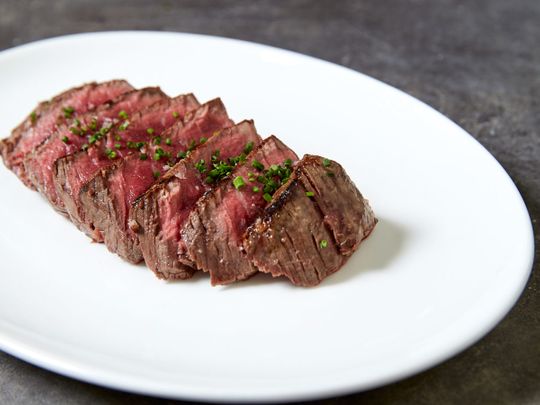
There are few things that bring as much joy to your taste buds as a flame-licked steak. Especially during the UAE months when the weather’s just right to break out the barbeque grill and take your cooking outdoors.
Even if you’re not the proud owner of a top-of-the-range grill, the pleasures of cutting into a perfectly-grilled juicy striploin shouldn’t be withheld from you. A trusty pan and a good old-fashioned kitchen stove is all you need to stake a claim to a steak dinner, says Chef Brian Voelzing, the Group Executive Chef at Lincoln Hospitality Inc. “People love doing it on a grill because they say you can get more flavour out of it especially if you’re using wood or charcoal.
"Grilling a steak isn’t as complex as it’s made to look. In fact, it’s not the equipment that builds a crispy steak but it’s the star ingredient itself – the meat – that makes or breaks the final dish. The fate of your meal is decided when you reach out for a cut of meat during your grocery run."
Ingredients
For seasoning:
Butter
Garlic
Thyme
Salt and Pepper
Vegetable oil, for marinating
Equipment
Meat thermometer
Stainless steel pan/girdle
Tongs
A large spoon
Steps
1. Selecting your cut of meat
"Always purchase quality steaks," is Chef Voelzing’s cardinal rule.
Various factors go into the making of a good steak but the simplest marker is the marbling score – the amount of marbling. Marbling is the visible intramuscular fat content found as fine white streaks in the meat. So not the sinew – which is the big thick lines that you see sometimes.
Whether your steak comes from a grain-fed or grass-fed cow affects marbling – grain-fed steaks have more visible marbling than grass-fed steaks – also alters chewiness and flavour of the meat.
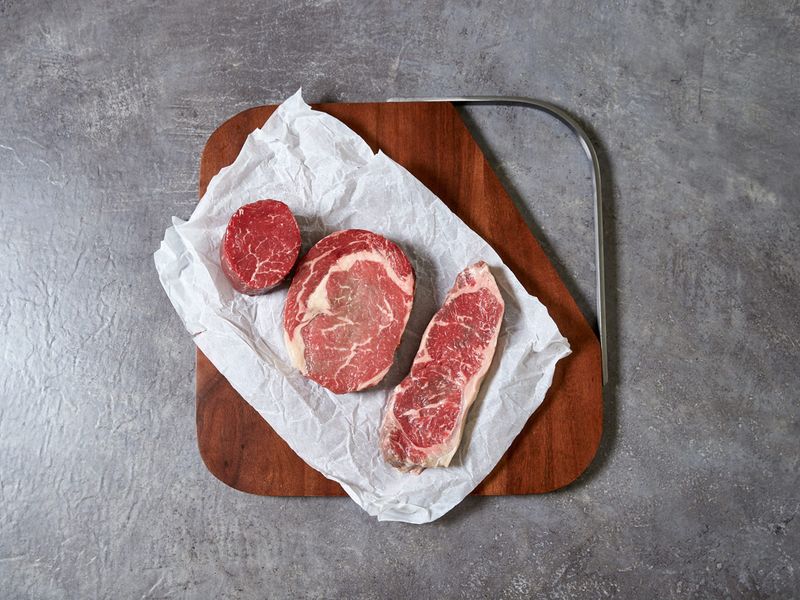
Striploin, rib-eye and tenderloins are usually preferred cuts of steak. “Striploin, ribeye and tenderloin are prime cuts,” explains Chef Brian. “Not necessarily the best but certainly the most popular. I personally prefer secondary cuts with a high marble score as I feel they pack more flavour.”
2. Before cooking
Let the steak rest: Remove the steak from the fridge and let it sit at room temperature for 30 minutes before cooking. When you grill or fry cold meat, the heat won’t permeate evenly through the meat and cook it through the middle.
Marinating: Season the steak generously with salt and pepper before you put it on the grill or pan. Always add a little extra seasoning than what you think is required because when you place it on the pan or grill you’ll lose a lot of the salt and pepper, which is what brings out the flavour of the beef. You can always marinate the steak beforehand in any herbs and spices of your choice as well.
Drizzle vegetable oil on both sides of the steak and rub it in with your hands, or use a brush to do so.
3. High heat, always
When cooking the steak make sure you start the cooking process on very high heat. This allows the meat to sear and gives it that nice crust that gives you that texture and extra caramelized flavour, while ensuring it’s cooked on the inside as well.
On the grill: The best way to check temperature is that you shouldn’t be able to put your hand over it for more than 3 seconds. It should be very hot.
On the pan: Pour the oil (how much) into the pan on high flame and right when smoke starts coming off the oil, carefully place the steak inside. Be careful so that the oil does not splatter onto you.
4. During cooking
How long you let a steak cook depends on the level of doneness you’re aiming for. Doneness is a measure of how thoroughly a cut of meat is cooked. This is gauged by its colour, juiciness, and internal temperature. The four levels of doneness are rare, medium-rare, medium and well-done.
Everyone has their own preference. But there’s a reason why chefs across the board vouch for medium-rare: At medium rare, the steak is its plumpest and has juices going through it with a caramelised crust on the outside. When you cook it to well done, the juices evaporate leaving the steak drier and tougher to chew.
On the grill: To achieve medium-rare let each side cook for a few minutes (around 4-5 minutes per side) on the grill. Cook it until a golden-brown sear with a slightly charred crust forms. Turn the steak over and continue to grill for the same amount of time to cook through.
On the pan: When you cook a steak in a pan, don’t move the steak around as it will end up sticking to the pan. Simply lay it in the smoking hot oil and let it sear (for about 3 to 5 minutes per side). This will allow it to develop a crust and when you turn the steak it will have a golden caramelisation on it. That’s your cue you’ve achieved the right crust.
Basting: Once the steak is just below the desired temperature, throw in a tablespoon of butter, a crushed garlic clove and a few sprigs of thyme or rosemary to baste the steak.
To baste the steak, tilt the pan towards one side and when the butter collects in a corner of the pan, scoop it up with a large spoon and keep pouring it over the steak.
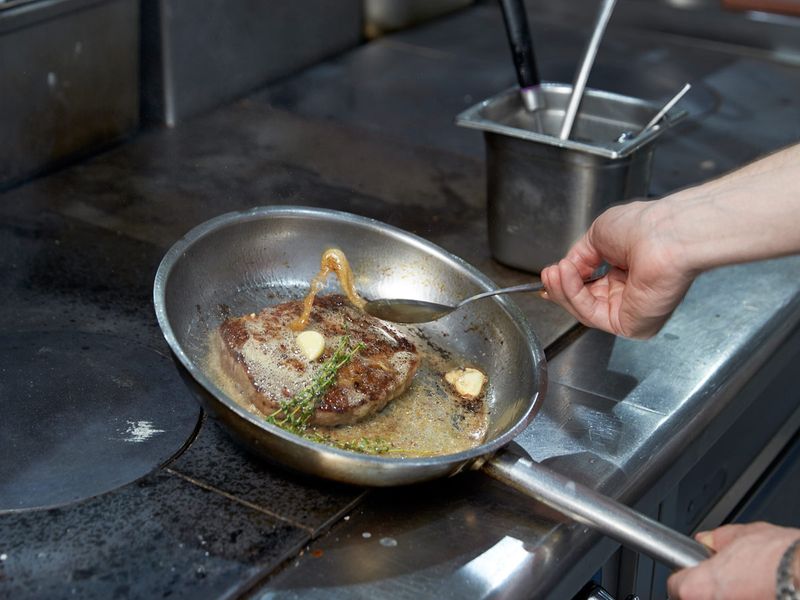
5. Checking doneness
Checking doneness is normally done by feel – it should feel "plump." It should be soft to touch and almost bounce back. Meat cooked to medium will feel firmer.
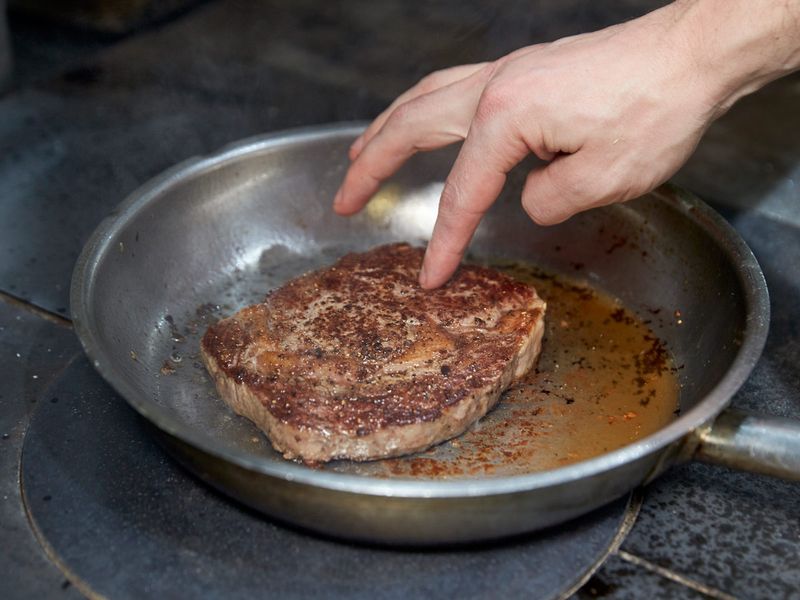
However, the most fail-proof method is to use a meat thermometer. When inserted into the thickest part of the steak, the thermometer should read 57⁰C or 135⁰F. This is the ideal internal temperature for meat cooked to medium-rare.
6. After cooking
Once you’ve cooked the steak to the desired temperature you want, take it off the heat and let it rest.
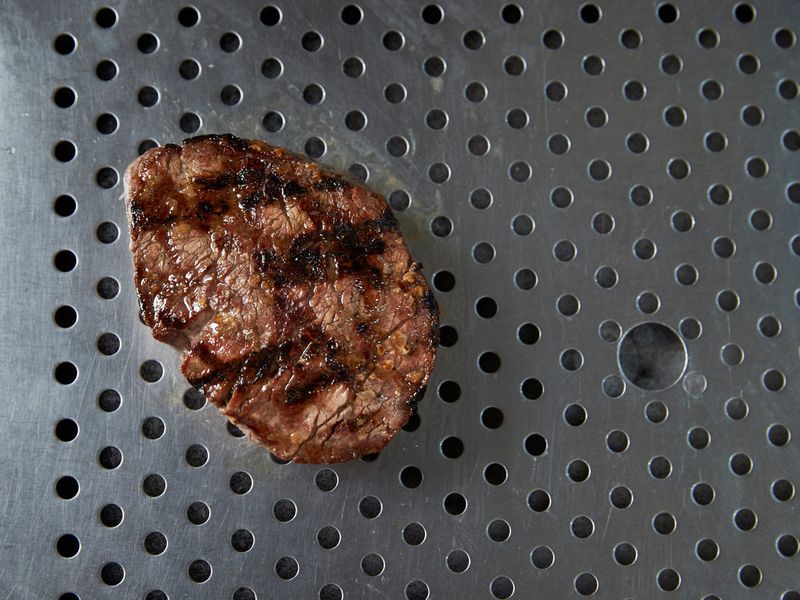
A rule of thumb – always let the steak rest for half the time it’s been cooked. So, if you let the steak cook for 10 minutes, then you let it rest for 5 minutes.

It’s a simple but integral step that should never be overlooked as residual heat continues to cook the steak after you’ve taken it off the grill or pan. Resting also allows all the juices and moisture that have pooled in the centre of the steak while cooking, to settle and redistribute evenly through the meat. If you cut the steak while it’s hot, the juices and liquids will spill and leak out, leeching the meat of its flavour and leaving it rubbery.
7. Cut your steak into even slices
Serve it with sauces such as chimichurri, mustard, horseradish, BBQ sauce or jus from the pan. In case of pan-frying, the browned butter also goes down a treat as a flavourful sauce. Dig in!
